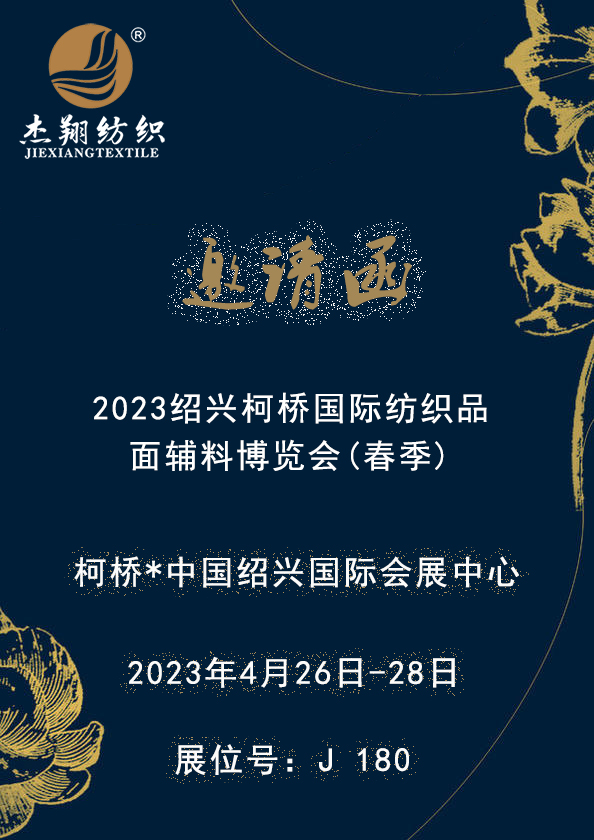According to feedback from some cotton farmers, processing enterprises and agricultural departments of prefectures, cities and counties in southern Xinjiang, since May 18, some cotton areas in the three major cotton areas in southern Xinjiang, including Kashgar, Korla and Aksu (Aral, Kuche, Wensu, Awati, etc.), have successively encountered strong convective weather, and strong winds, heavy rains and hail have caused damage to some cotton fields. Cotton farmers have taken various measures to actively remedy the situation, such as timely water replenishment, spraying foliar fertilizers, replanting and reseeding.
Due to the limited impact of this adverse weather, farmers timely replanted and replanted early-maturing varieties (growing period of 110-125 days, enough growing period before the frost period in late October), and strengthened field management and water and fertilizer follow-up in June-August. The impact of the disaster can be compensated. In addition, the weather in major cotton areas in northern Xinjiang is good and the accumulated temperature is high, and the growth of cotton seedlings is better than in the previous two years. Therefore, most of the industry maintains the judgment that the planting area will be slightly reduced and the output will increase slightly in Xinjiang in 2024/25.
At present, textile enterprises are in a loss-making state, textile enterprises have weak demand, and cotton sales are difficult to increase. At the same time, the domestic import of large quantities of American cotton has also put pressure on the domestic supply side. Although market sentiment has improved, the current supply and demand pattern still cannot support the continued upward trend of cotton prices. It is recommended to maintain a wait-and-see attitude for the time being.
The supply and demand of the cotton market is loose, and the decline in yarn prices has a negative feedback upward, and there is a need for adjustment in cotton prices. Planting area and weather are the main expectation deviations in the international market. At present, the weather in the main producing countries of market transactions is normal, and the expectation of high yield continues. The area report of the United States may increase at the end of June. Domestic consumption is the main expectation deviation. At present, the downstream off-season of market transactions is strengthened, but macroeconomic stimulus may boost future consumption. It is expected that cotton prices will fluctuate in the short term. The specific situation needs to be determined according to the future supply and demand situation, and the supply and demand changes should be focused on.
 Home
Home






